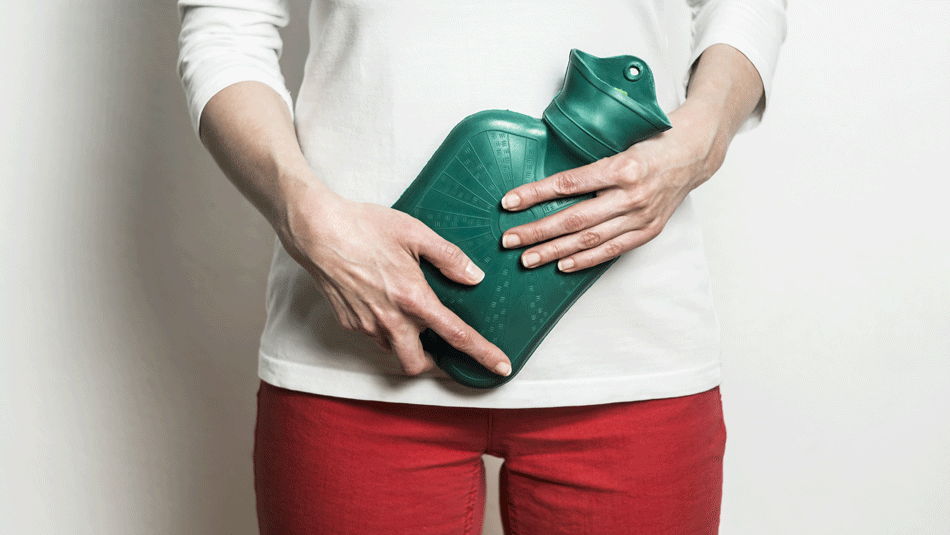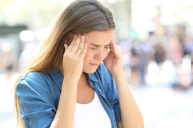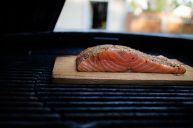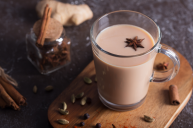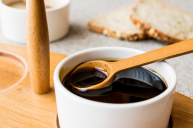Ah, that time of the month. Where many women walk around with gritted teeth and a just-deal-with-it attitude, even if they're in so much pain that feels like a giant fist squeezing your insides, and that giant fist has five-inch nails.
Videos by Wide Open Country
Chances are, to deal with bad menstrual cramps, you pop a painkiller and hope for the best. But now that the medical world is paying a bit more attention to this problem, let's talk about the science behind it and a few home remedies you can use to help.
"Just Cramps"
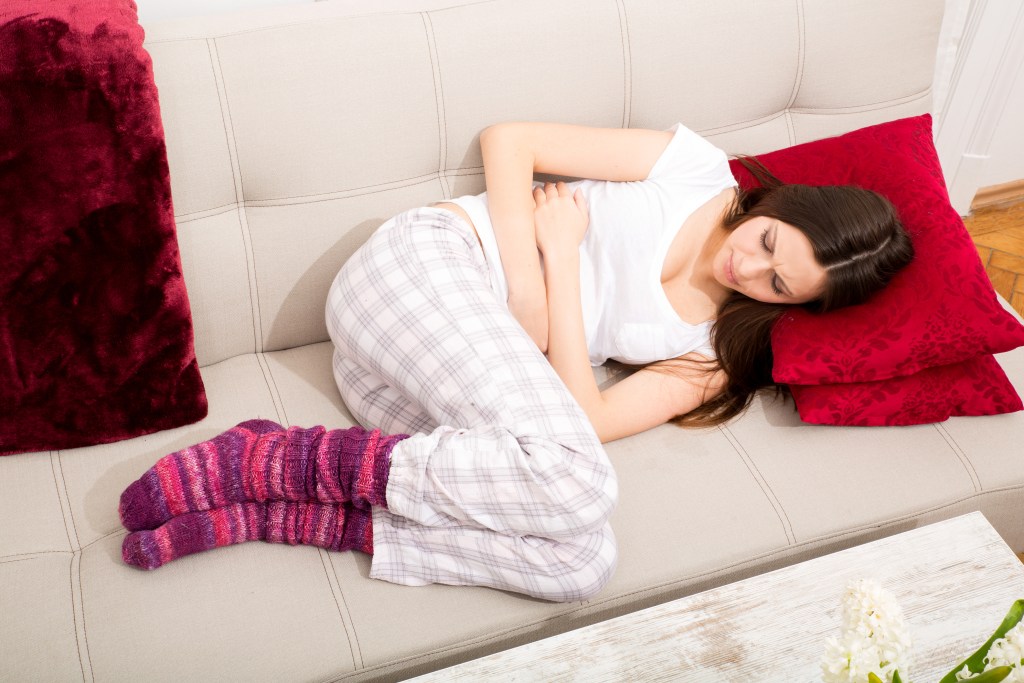
No woman wants to be the complainer when it's "just cramps" so it's nice to get a little validation from the medical world. Professor of reproductive health at University College London, John Guillebaud, told Quartz that patients have described the cramping pain as "almost as bad as having a heart attack."
If your reaction to that bit of news was to be less than impressed with the acuity of the medical profession (or at least the male side), you're not alone. According to the American College of Obstetricians and Gynecologists, half of menstruating women have pain. WebMD says that 10 percent of that number are incapacitated by the symptoms, and that menstrual cramps are the leading cause of absenteeism in women younger than 30.
Talk to a group of ten women and odds are at least five of them experience serious pain around their period and one of them has tried to get a medical explanation for her terrible, horrible cramps, also known as primary dysmenorrhea.
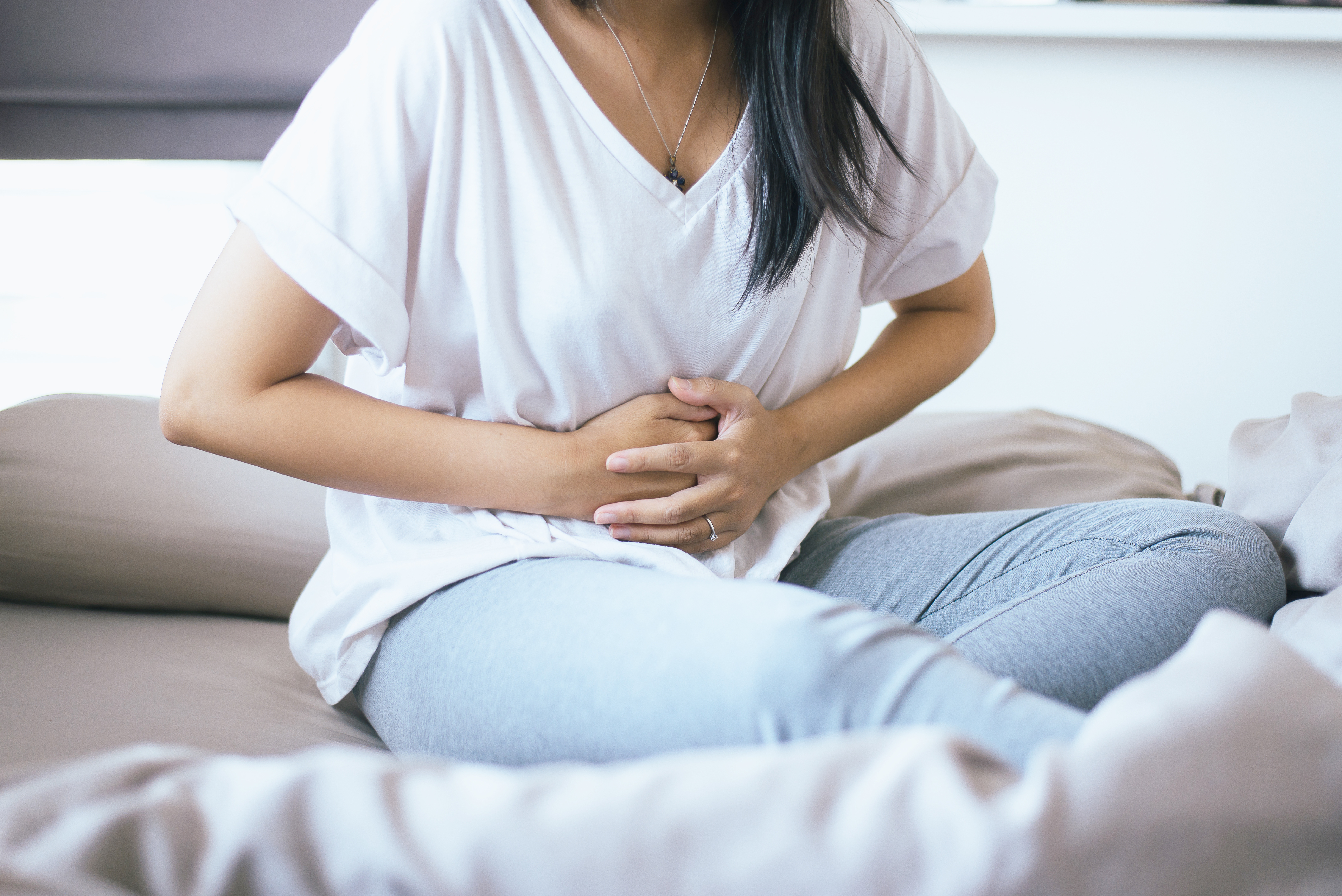
However, in general the medical profession hasn't caught up to the reality of menstrual pain. Many doctors ignore women's complaints of pain or tell them to take an ibuprofen. Sometimes there is an explanation, like endometriosis or uterine fibroids, but more often than not, doctors can't tell you why your period is such a pain.
For the record, I'm the one woman in ten who has talked to her doctor. I've had two surgeries to deal with uterine fibroids and while I had fantastic gynecologists both times, I've never been able to find out specifically what causes fibroids. There are guesses and correlations, but in-depth research on menstrual pain is little and far between, because researchers aren't able to get funding for it.
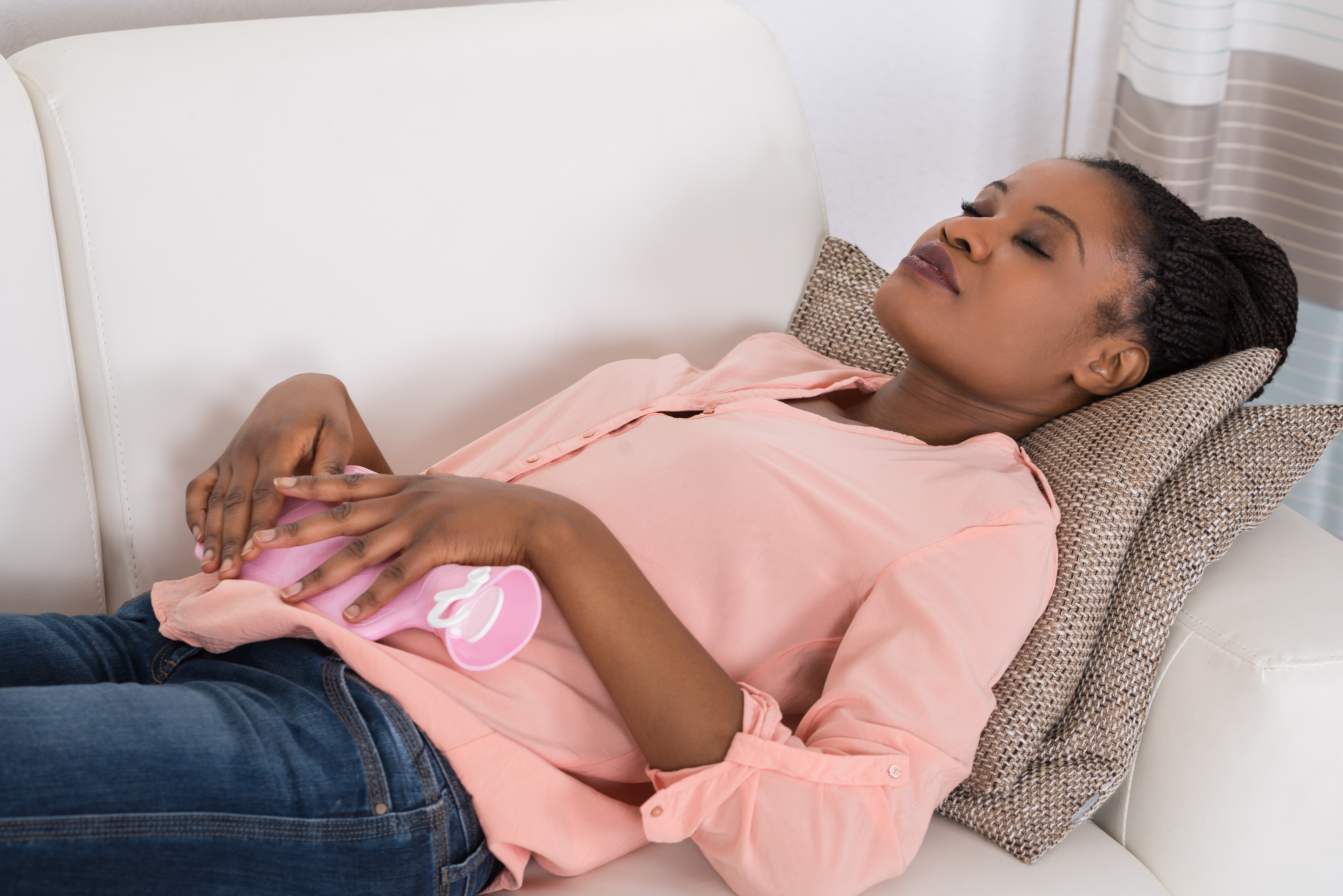
The Quartz article quoted Richard Legro, M.D., of Penn State College of Medicine, who said, "I've applied three or four times [for research funding] but it always gets rejected. I think the bottom line is that nobody thinks menstrual cramps is an important public health issue."
So until medical science and grant funding catch up to what women everywhere already know, there are a few things you can do to help with the pain of cramps, especially if they're temporary or minor. Please note, these home remedies are meant to help with the symptoms, not the underlying problem. Talk to your doctor about how to treat your pain (which also helps raise general awareness; the problem isn't going to get fixed if we don't speak up).
Home Remedies to Help
1. Use Herbs & Spices
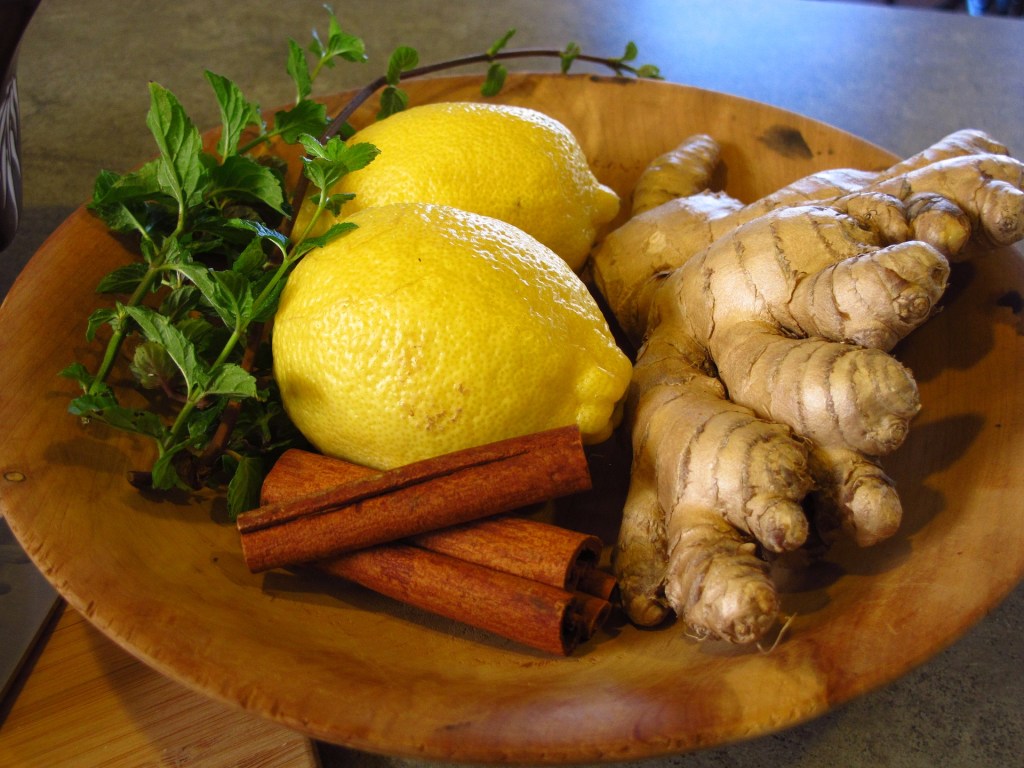
Cinnamon is a wonderful, warming spice with anti-inflammatory properties. Studies have shown that it can ease both pain and nausea. Ginger is another super food. It's traditional for nausea, but it can also help relieve the pain from cramps.
One way to combine cinnamon and ginger is in a super easy to make tea. Simply steep a couple of cinnamon sticks and peeled ginger to taste (sliced or in chunks is fine) in four cups of simmering hot water. You could also add honey if you need a bit of sweetness.
Raspberry leaf is one of the best known herbs for women. Raspberry tea can help relieve all sorts of pelvic pain, plus it's a great source of calcium, iron, and vitamins B, C, and E. You can also find ready-made herbal teas for sale that focus on relieving menstrual discomfort.
2. Eat Lightly
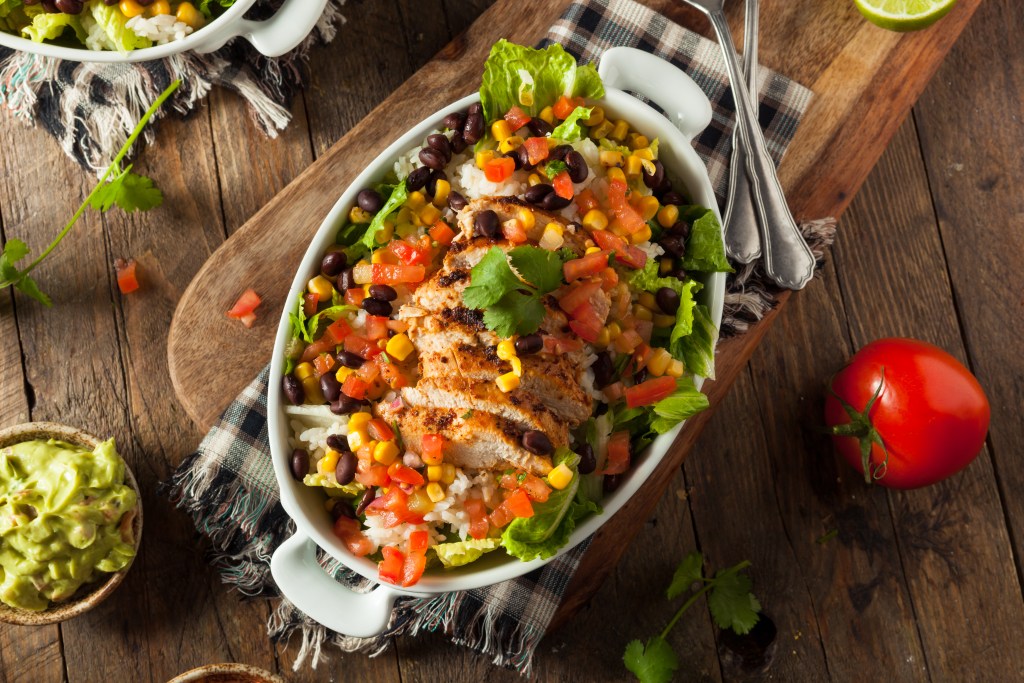
The right foods can help lessen pain from period cramps. About 10 days before your period starts, the calcium levels in your blood starts to drop. Which may explain why you sometimes feel like you want to eat a block of cheese during premenstrual syndrome (PMS).
Foods high in calcium and magnesium can help alleviate pain from cramps, especially if you start to eat them more before your period begins. The whole block of cheese is probably a bad idea, but some dairy along with dark leafy greens, brown rice, nuts, black beans, and avocado will increase your calcium and magnesium levels and may decrease period pain.
A great meal idea is a burrito bowl with a bed of brown rice and greens, topped with beans, colorful veggies, avocado, and cheese. Or try one of these tasty and healthy Buddha Bowls.
I find smaller meals work better for me. Keeping something in my stomach helps with the nausea, but eating lighter foods helps with bloating and pain.
3. Keep Warm and Stretch It Out
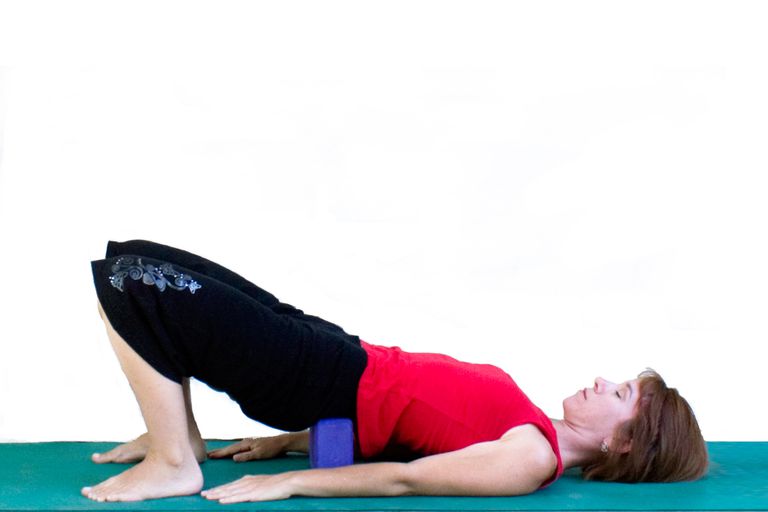
Ann Pizer, Very Well Fit
Placing a hot water bottle or a heating pad over your lower abdomen or lower back can help relieve the pain by relaxing your uterine muscles. Heat also helps generate better circulation or blood flow, which can give you some pain relief.
If you're in terrible pain, the last thing you want to do is move, I know. But a few yoga-style stretches can make a difference, especially when your back and legs hurt. Here are six yoga poses that may help (and are easy to do even if you don't practice yoga). Personally, I add a supported bridge pose to that list because it helps stretch out my back.
